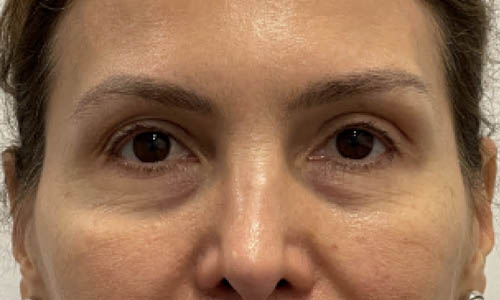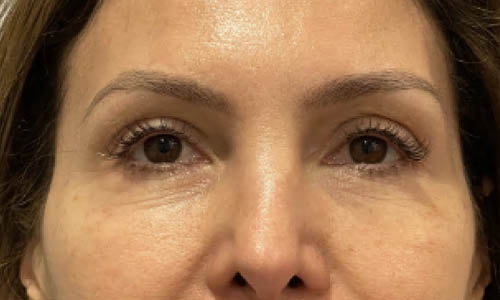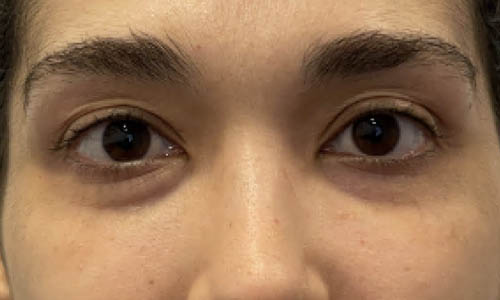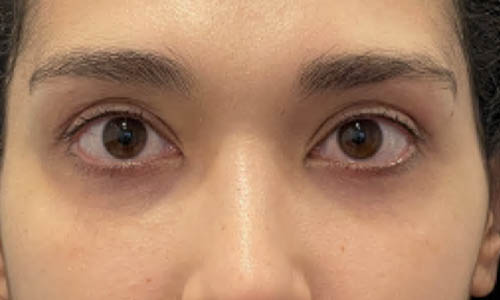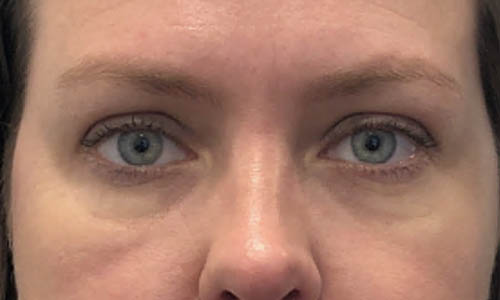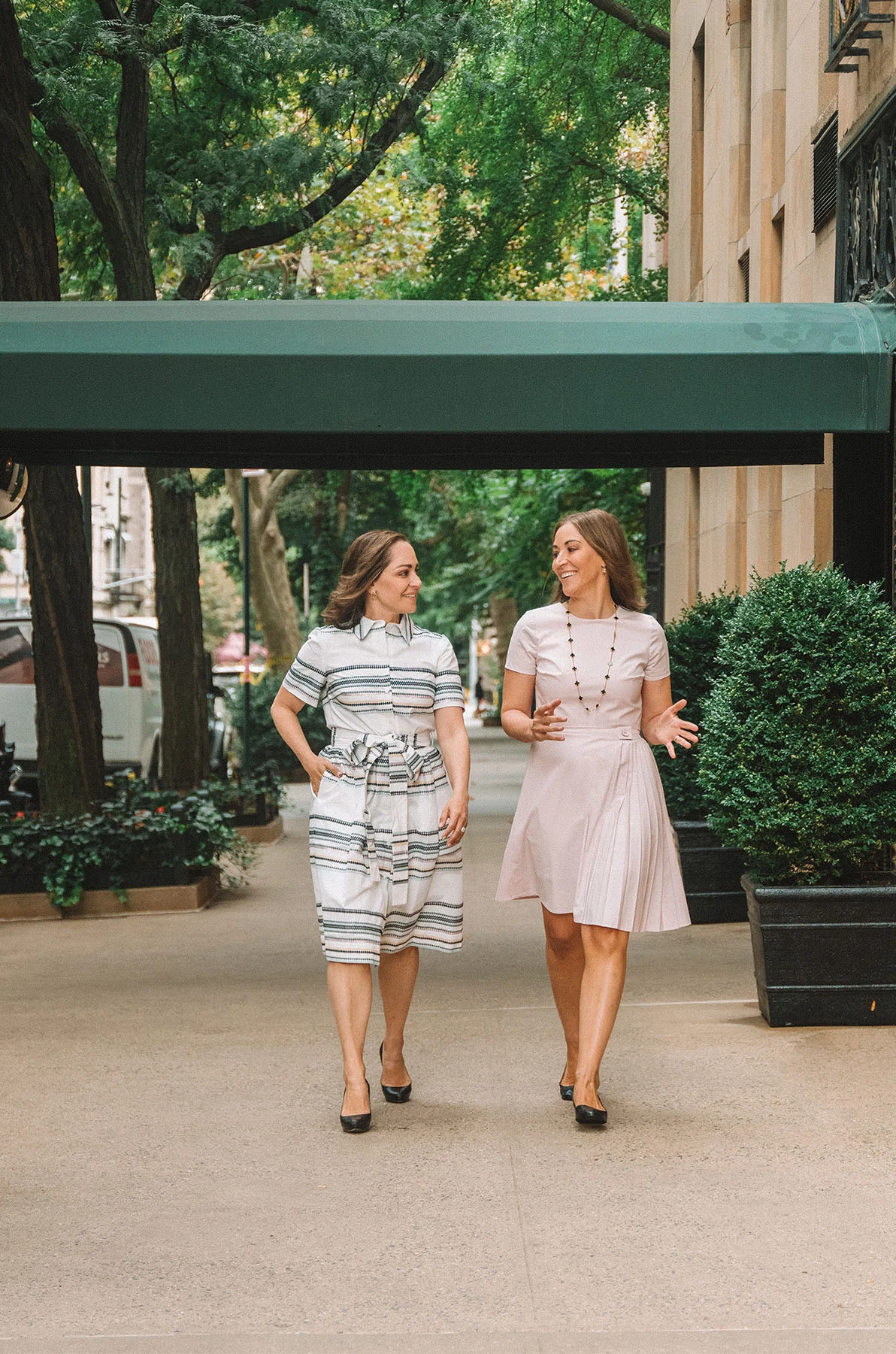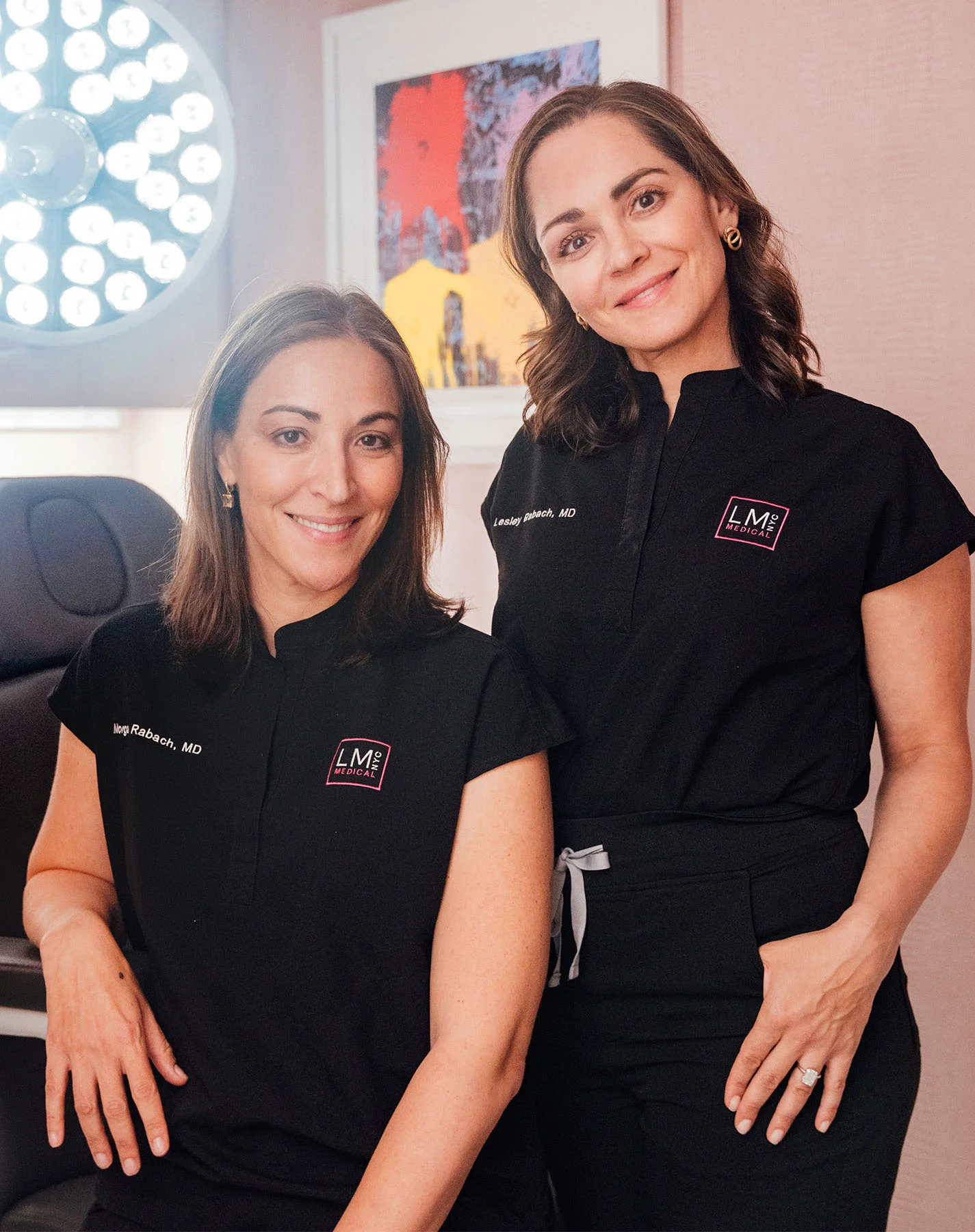What is Lower Eyelid Surgery?
When the skin and tissue on the lower eyelids age, they can stretch and sag, resulting in circles and bags under the eyes. The bottom lid can also droop, changing the shape of the eyes. A lower blepharoplasty removes the extra skin and fat, tightening and firming the area under the eye. Dr. Lesley uses a technique where all incisions are made inside the lower lid. The result is diminished eye bags, circles, and wrinkles under the eye for a more youthful and vibrant appearance—zero scars.
